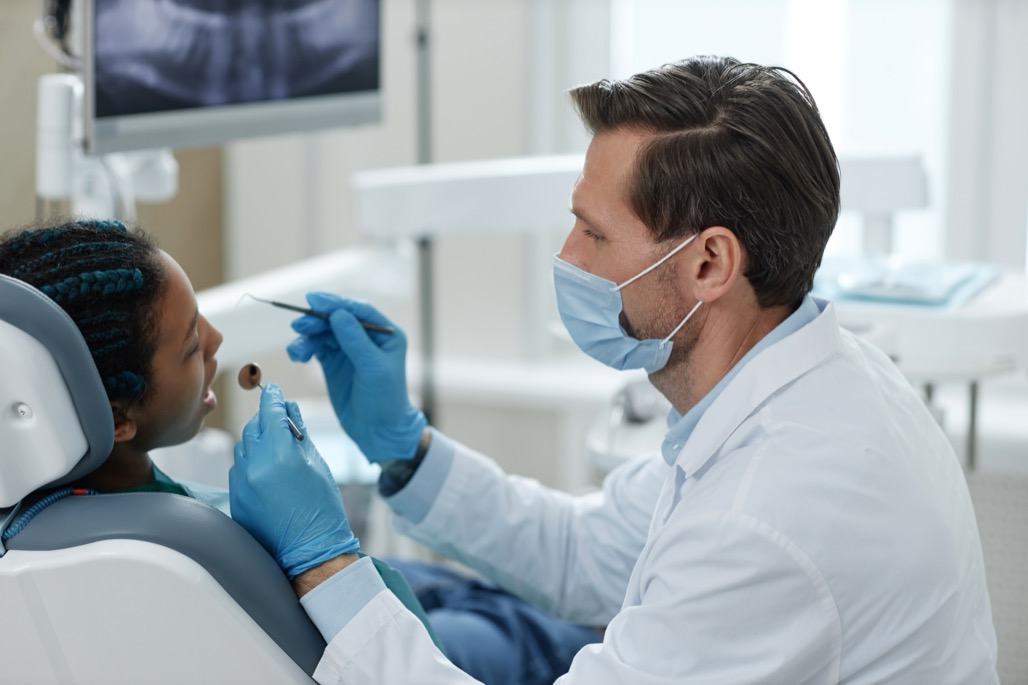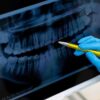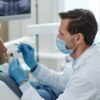Advancing Dental Adhesives: The Key to Stronger, Longer-Lasting Restorations
Dental adhesives have become an indispensable component of modern restorative dentistry, playing a crucial role in the longevity and success of dental restorations. Recent advancements in adhesive technology are revolutionizing the way dentists approach bonding procedures, offering improved durability, reduced sensitivity, and enhanced clinical outcomes.
The evolution of dental adhesives has been driven by the pursuit of a perfect interface between tooth structure and restorative materials. Traditional adhesive systems often required multiple steps and were technique-sensitive, leading to variability in bonding effectiveness. However, the latest generation of dental adhesives addresses these challenges through innovative chemistry and application methods.
One significant advancement is the development of universal adhesives. These versatile products can be used with various etching techniques (total-etch, self-etch, or selective-etch) and are compatible with a wide range of dental materials, including composites, ceramics, and metals. This flexibility simplifies inventory management for dental practices and reduces the risk of technique-related errors.
The incorporation of functional monomers has greatly enhanced the performance of modern adhesives. Monomers like 10-MDP (10-Methacryloyloxydecyl dihydrogen phosphate) have shown exceptional bonding capabilities to both enamel and dentin. These molecules create a strong chemical bond with tooth structure through interaction with hydroxyapatite, resulting in a more stable and durable adhesive interface.
Nanotechnology has also made its mark in the field of dental adhesives. Nanofillers added to adhesive formulations improve mechanical properties and reduce polymerization shrinkage. Some advanced systems incorporate nanoparticles that release fluoride or calcium, promoting remineralization of the surrounding tooth structure and potentially preventing secondary caries.
Another area of innovation is the development of self-etching primers with increased pH stability. These products maintain their acidity for a longer period, ensuring consistent etching of the tooth surface even in challenging clinical situations. This advancement is particularly beneficial when dealing with sclerotic dentin or in cases where moisture control is difficult.
Bioactive adhesives represent the cutting edge of bonding technology. These materials not only create a strong bond but also interact positively with the tooth structure. By releasing ions such as calcium and fluoride, bioactive adhesives can stimulate the formation of an interfacial layer that closely mimics natural tooth mineral. This biomimetic approach may lead to more resilient restorations and improved long-term outcomes.
The issue of postoperative sensitivity has long been a concern with adhesive restorations. New formulations aim to address this by incorporating desensitizing agents directly into the adhesive. Some systems use oxalate compounds or specific monomers that occlude dentinal tubules, reducing fluid movement and, consequently, sensitivity.
While these advancements offer exciting possibilities, it’s important to note that the success of adhesive procedures still relies heavily on proper technique and understanding of material properties. Factors such as moisture control, application time, and curing protocols remain critical to achieving optimal bond strength.
For dental professionals, staying informed about these developments in adhesive technology is crucial. The choice of adhesive system can significantly impact the longevity of restorations and patient satisfaction. As research continues, we can expect further refinements in adhesive formulations, potentially leading to even stronger, more durable bonds and simplified clinical procedures.
The field of dental adhesives exemplifies the rapid pace of innovation in dental materials science. By embracing these advancements and understanding their clinical implications, dentists can offer their patients state-of-the-art restorative care with improved predictability and longevity.As manufacturers continue to invest in research and development, the future of dental adhesives looks promising. The ongoing quest for the perfect bond may soon lead to adhesive systems that not only match the strength and durability of natural tooth structure but also contribute actively to the long-term health of the restored tooth.











